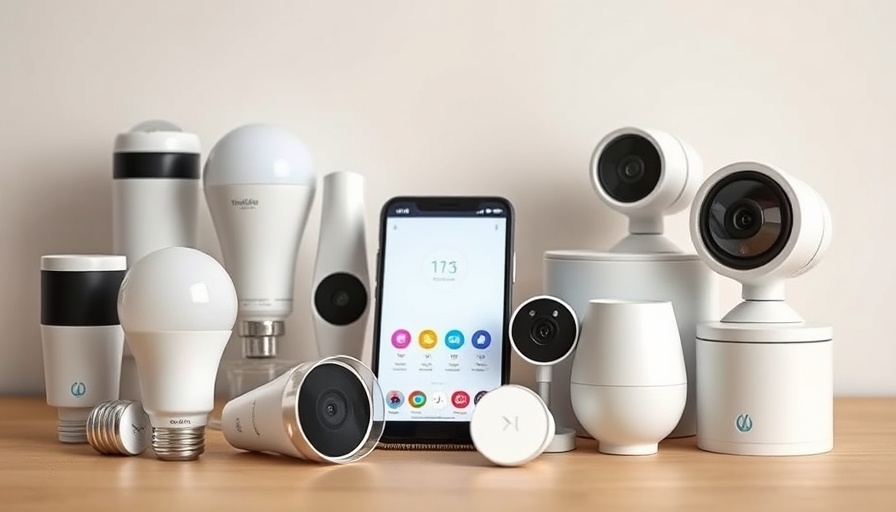
Understanding the Importance of Home Safety
In the realm of patient care, ensuring a safe home environment is vital for the holistic well-being of those we serve. Not only does it prevent common domestic accidents, but it also fosters peace of mind for both patients and medical practitioners. This guide provides a comprehensive checklist to enhance the security and comfort of your patients' homes.
Fire Safety: A Cornerstone of Home Protection
Fire safety is a critical aspect of any home safety protocol. It's imperative to maintain functional smoke alarms on every home level, particularly near sleeping areas. Remember to test these alarms monthly and replace batteries yearly to prevent fire-related incidents. Carbon monoxide detectors are equally important, especially in homes with gas appliances. Both devices serve as crucial safeguards, alerting occupants to potential dangers and saving lives in emergencies.
Moreover, positioning fire extinguishers in accessible locations, like kitchens or garages, and learning their use are essential steps in fire preparedness. Establishing and practicing an emergency evacuation plan with family members further fortifies your escape readiness.
Minimizing Fall Risks: Safety for All Ages
Falls are often overlooked hazards, yet they pose severe risks, particularly to seniors and children. Implementing measures such as stairlifts and robust railings can drastically reduce fall incidents for those with mobility challenges. Keeping stairways clear and installing non-slip mats in high-foot-traffic areas like kitchens and bathrooms enhances safety significantly.
Good lighting is another preventive measure. Whether using motion-sensor lights for exterior pathways or ensuring adequate interior illumination, these efforts contribute to a safer living space, mitigating the risk of falls.
Childproofing: Safeguard the Inquisitive Youngster
Children's natural curiosity can sometimes lead them into unsafe situations. Protective measures like cupboard locks and outlet covers are essential to childproof a home. These safeguards prevent access to hazardous substances and eliminate potential electrical dangers.
Additionally, securing heavy furniture and installing corner protectors on sharp-edged items can prevent injuries, while window stoppers limit the ability of small children to open windows beyond safe limits, reducing fall risks.
Burglar-Proofing: Ensuring Home Security
For concierge medical practitioners focused on patient well-being, recommending simple yet effective home security measures is crucial. Advising patients on strong door frames fitted with high-quality locks and installing peepholes or doorbell cameras can significantly enhance home safety.
Making sure windows operate with secure locks and encouraging patients to keep them locked whenever possible are practical steps towards making homes more secure, providing comfort and peace of mind for patients and their families.
Enhancing Wellness Through Safety
Integrating these safety tips into patient care routines exemplifies a commitment to comprehensive well-being, reinforcing patient trust in your practices. By prioritizing home safety, you enhance not only physical health but also foster a nurturing environment conducive to mental health and security.
 Add Row
Add Row  Add
Add 






Write A Comment